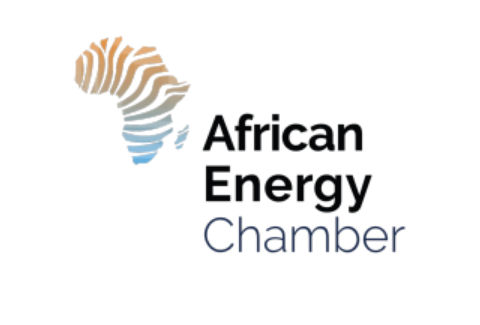| JOHANNESBURG, South Africa, July 10, 2022/ — By NJ Ayuk, Executive Chairman, African Energy Chamber (www.EnergyChamber.org)When German Chancellor Olaf Scholz arrived in Senegal on May 22, he made clear that his country views energy — and natural gas specifically — as an important component of future relations between Europe and Africa.Following a meeting with Senegalese President Macky Sall, Scholz announced that his government was ready to pursue work with the West African state and was already discussing gas development and LNG projects with Dakar. “It is a matter worth pursuing intensively,” he said at a joint press conference with Sall.The chancellor didn’t offer any specifics, but it’s easy to see why Senegal’s gas has attracted his attention.In a general sense, Scholz is interested in Senegal because the European Union is interested in every possible avenue for obtaining more gas at the moment.That is, European leaders have been devoting a great deal of thought to energy-related issues since Russia’s invasion of Ukraine in late February. The reason for this preoccupation is obvious: Now that Moscow has shown itself willing to trample over internationally recognized borders, Brussels is finally getting serious about helping the European Union break free of its dependence on Russian gas. Its efforts must, of necessity, involve a search for other suppliers. As the International Energy Agency (IEA) has noted, Russia provided no less than 155 billion cubic meters (bcm) of gas to the bloc in 2021. That’s equivalent to 45% of all imports and 40% of all consumption, and it’s simply too much to replace or drop all at once. Therefore, the EU needs to find other sellers — and a combination of them, since no other gas exporter is big enough to substitute for Russia.Senegal happens to be one of the potential suppliers under consideration for inclusion in this new constellation of suppliers of gas to Europe. It has enough gas to merit this consideration, as more than 1.13 trillion cubic meters (tcm) in proven reserves were discovered in its offshore zone between 2014 and 2017.But in a more specific sense, Scholz is interested in Senegal because it, along with Mauritania, is very nearly ready to begin gas exports to Europe. It’s not just open for business in a general sense. It’s open for business in a real sense, in that it’s already laid the groundwork for developing its offshore fields, processing part of what it extracts from those fields into liquefied natural gas (LNG), and then exporting the LNG to Europe. It’s taken so many steps in that direction, in fact, that production is due to start next year.Not in five years. Not in a decade. Next year.Because that’s when Senegal and Mauritania are due to bring Greater Tortue/Ahmeyim (GTA), a large cross-border offshore gas field, online: 2023. The third quarter of 2023, to be more specific.GTA’s 2023 Start and the EU’s DeadlinesThat’s excellent timing for the European energy market, given that Brussels has been talking since March about reducing the amount of Russian gas that the EU buys by two-thirds by the end of this year.As I’ve already noted, Senegal and Mauritania won’t be filling the gap left by Russia single-handedly. The GTA block is certainly large, holding reserves of about 425 bcm. That’s large enough to support the production of about 2.5 million tonnes per year of LNG in the first phase, perhaps rising later to 5 million tonnes per year if BP, the block’s operator, and its U.S.-based partner Kosmos Energy decide to double the capacity of their floating LNG (FLNG) infrastructure.That may not seem like much, in comparison to the huge volumes of gas Russia has been sending. |
